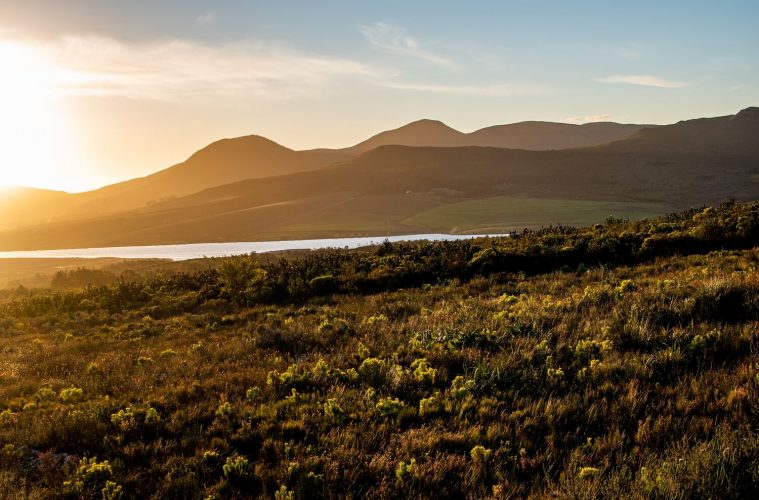In the Overberg region in the Western Cape, a silent battle is unfolding to protect some of South Africa’s most endangered species.
Among the flora and fauna, the black harrier, a magnificent bird of prey, is suffering from the encroaching threat of extinction. With a population of only 1300 remaining, their survival hinges on a fragile balance within the Renosterveld, an ecosystem full of biodiversity and a cornerstone of the Cape Floral Kingdom.
Conservationists have rallied forces to secure a lifeline for these creatures. The acquisition of 500 hectares of the endangered Renosterveld habitat marks a milestone in the fight to preserve South Africa’s natural heritage.
This critical land parcel, encompassing the Plaatjieskraal property, is important in a landscape plagued by a relentless loss of biodiversity.
‘This conservation effort is not merely about protecting a single species; it’s about safeguarding an entire ecosystem on the verge of disappearance,’ remarks Odette Curtis-Scott, director of the Overberg Renosterveld Conservation Trust (ORCT).
Renosterveld harbours a huge diversity of life, with its delicate balance sustaining not only the black harrier but also a number of endangered plants, including the pink iris, Hesperantha kiaratayloriae.
Discovered on the Plaatjieskraal property in 2012, this flower has been sighted on just one other unprotected property, making its existence fragile.
The conservation effort is a result of collaborative partnerships between WWF South Africa, the World Land Trust and other key stakeholders.
Rob Simmons, from the FitzPatrick Institute of African Ornithology at the University of Cape Town, highlights the urgency of the situation: ‘With a population of only 1300 black harriers left, they teeter on the edge of extinction. Each year, the loss of just a handful of adults pushes them closer to oblivion.’
However, the threats faced by these rare birds extend beyond habitat loss. Climate change and erratic rainfall patterns pose further challenges. During prolonged droughts, black harriers halt breeding attempts, emphasising their vulnerability to environmental shifts.
‘Retaining the remnants of Renosterveld is not just essential for the black harriers; it’s pivotal for the survival of an entire ecosystem,’ Simmons stresses, explaining the interconnectedness of species within the web of life.
The Plaatjieskraal property is soon to be declared a nature reserve, as collaboration and collective action work towards safeguarding our natural heritage.
Also read:
Originally published on Cape{town} ETC.
Feature image: Unsplash

